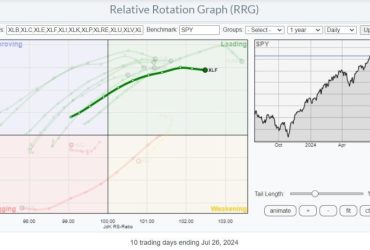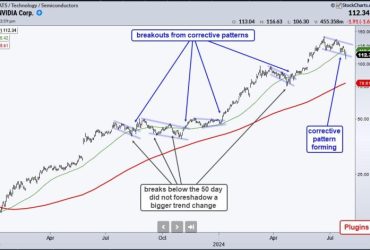“When you feel like bragging, it’s probably time to sell.” — John Neff
Stock market investing is simple, really. You only need to make two choices: when to buy and when to sell. The unfortunate reality is that 75% of casual investors really only want to hear about the buy side. So, for those folks, you can stop reading now. This blog is addressed to the other 25%.
First, let me say that relying on your gut feeling that something is not right is a doomed selling methodology. You must always be ready to pull the sell trigger, but you also must know exactly what and why the catalysts are for that sell action to occur.
As I write this blog, the S&P 500 is up 45% over the past 16 months. Re-read John Neff’s quote above. The human nature of investors being what it is, we all want to focus on the buy side presently. But precisely for that reason, I believe now is the time to revisit your selling methodology. So for the next couple blogs, think of them as a refresher course on the sell side — this is my invitation for you to revisit your personal selling disciplines.
For the 75% of you that find this topic uninteresting or unnecessary, please re-read my Traders Journal about investing ‘face-plants.’ Over decades of teaching investors, the one tool I’ve used consistently in the classroom that always gets very high accolades from my students is the Action Sequence. I learned it from Dr. Hank Pruden at Golden Gate University, and I’ve taught the technique ever since in my seminars. The approach is straightforward. I give investors charts and they put pencil to paper — analyzing what’s in front of them, and then we analyze them as a group. Within the parameters of this Traders Journal blog, some adjustments obviously need to be made.
But before tossing charts at you (which I’ll do next time), I want you to get up-to-speed on selling. The easiest and fastest way to do that is to give you some homework. Here it is. In our book Tensile Trading: The 10 Stages of Stock Market Mastery, the ninth stage is Selling. Re-reading Chapter 9 will better prepare you for our Action Sequences. Selling exercises to come!
This reading assignment will be a good review of the personal investor issues associated with selling your positions, the technical tools we’ll use, and the various components you might consider including when assembling your own personal selling methodology. I can help you build it, but it has to be YOUR personal methodology. Otherwise, you won’t trust it 100% and you’ll be less likely to pull the sell trigger when the best time comes.
Remember that investing is like sports. You can have a tremendous winning streak, but a brief lapse of your attention or discipline can quickly result in losses or giving back a percentage of your profits. Consistency matters. A game plan matters. You’ll see how Action Sequence exercises also matter!
Trade well; trade with discipline!
— Gatis Roze








